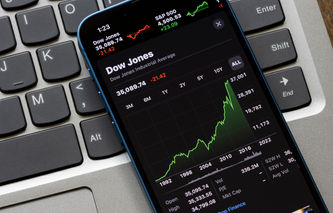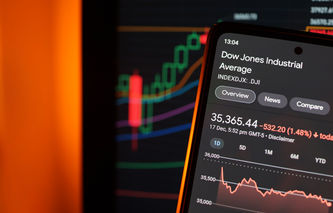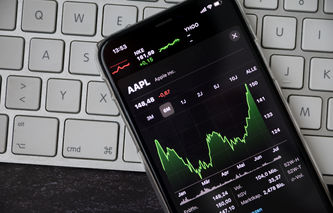The Dow Diamonds offer investors a unique opportunity to "own" the Dow Jones Industrial Average. In this article, we'll discuss the structure of this fund, its advantages, how it's traded, as well as recent performance statistics in terms of annual returns.
Dow Jones Diamonds
When investors talk about blue chip stocks, the companies appearing in the Dow Jones Industrial Average typically weave their way into the conversation. But is it possible to really "own the Dow" without spending a lot of money creating your own portfolio of these stocks?
That's exactly where the Dow Diamonds come into play, which is an exchange traded fund that attempts to mirror the performance of the DJIA. The fund's name is SPDR Dow Jones Industrial Average ETF, and its stock ticker is DIA. The Dow Diamonds trade on the NYSE Euronext.
Advantages of Owning Dow Diamonds
One of the advantages of owning the Dow Diamonds is the instantaneous creation of a portfolio of stocks. These stocks are just like the ones found in a mutual fund or index fund; however, because the Dow Diamonds is an exchange traded fund, they can be traded just like shares of common stock.
Furthermore, because it's possible to buy this pre-packaged bundle of the DJIA, it's a very efficient way to diversify away the risk associated with stock of a single company. The Diamonds offer investors a portfolio of thirty large cap stocks in the same price-weighted average found in the DJIA index.
The fund itself is run in a very efficient manner. The expense ratio is close to 0.2%, and it's even possible to purchase a single share. Dividends from any of the companies are paid to shareholders on a monthly basis. Most brokerage houses allow investors to automatically reinvest dividends right back into the fund.
Trading Dow Diamonds
Because the Dow Diamonds are an ETF, it's possible to trade shares anytime the stock exchange is open. In addition, the investor can enjoy the following trading options:
Buying on Margin
Investors can buy the Dow Diamonds on margin accounts, which work the exact same way as with common stocks. Investors that have never traded on margin before should consult with a stockbroker to gain a better understanding of the rules and obligations associated with these accounts. For example, if the price of the Dow Diamonds should decline, it may be necessary to deposit additional funds into the margin account.
Short-Selling
Just like with stocks, it's possible to sell the Diamonds short on any price movement, and at any time during the trading day. Once again, it's a good idea to speak with a broker about margin requirements, and it may be necessary to borrow, or buy, these securities before selling short.
Performance Metrics
The following table contains the long and short-term performance data for the Dow Diamonds as of November 2020, stated in terms of its annual pre-tax returns:
Dow Diamonds: Annual Returns
12 Month | 3 Year | 5 Year | 10 Year | |
Annualized Return | 8.02% | 9.26% | 13.37% | 12.99% |
As demonstrated in the above table, the Diamond's performance has been fairly good over the last ten years.
Diamonds versus Dogs
Investors that are intrigued by the companies comprising the Dow Jones Industrials are not limited to the Dow Diamonds; it's also possible to buy the Dogs of the Dow.
The theory behind the Dogs of the Dow is fairly straightforward. The thirty stocks in the Dow are sorted to find the ten companies with the highest dividend yield. In doing so, companies that are undervalued relative to their peers are selected. Each year the list is refreshed, so a new portfolio of "dogs" is being picked. Our article on the Dogs of the Dow contains additional information on this popular investment strategy.




